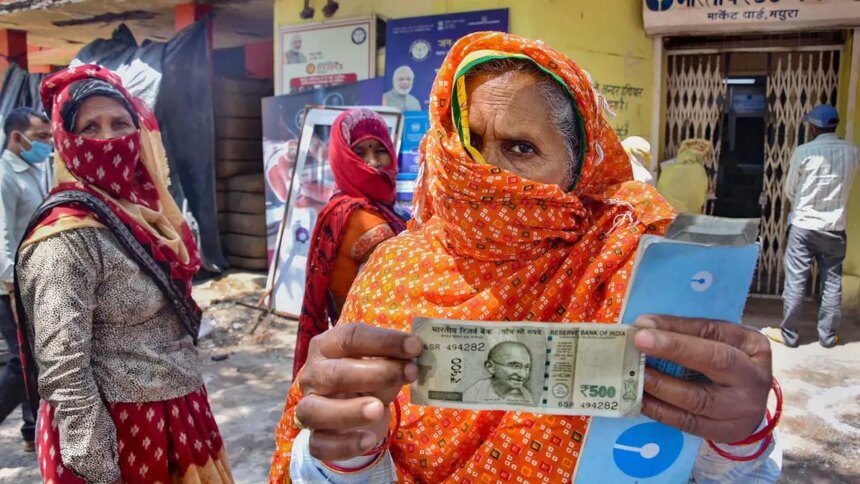The rupee hitting a record low of 85.83 against the US dollar has raised concerns about the Indian economy. This depreciation can be attributed to multiple factors such as the strengthening American currency, higher crude oil prices, subdued domestic equity markets, and the government’s lowered economic growth projection.
The recent government data indicating a slip in India’s economic growth rate to a four-year low of 6.4 per cent in 2024-25 adds to the worries. The poor performance of the manufacturing and services sectors is cited as a reason for this slowdown. The GDP growth of 6.4 per cent is the lowest since the negative growth in 2020-21, and it is lower than the 6.6 per cent projected by the Reserve Bank in December 2024.
Furthermore, the expectations of a delayed interest rate cut by the Federal Reserve in the US have led to a surge in the US Treasury yields and increased dollar demand, impacting the rupee’s value against the greenback.
In addition, the rise in Brent crude oil prices and the offloading of capital by foreign institutional investors are contributing to the economic challenges faced by India.
Overall, the current scenario calls for a reevaluation of economic policies and strategies to address the depreciating rupee and sluggish growth prospects. It highlights the need for proactive measures to boost the economy and restore investor confidence in the Indian market.






